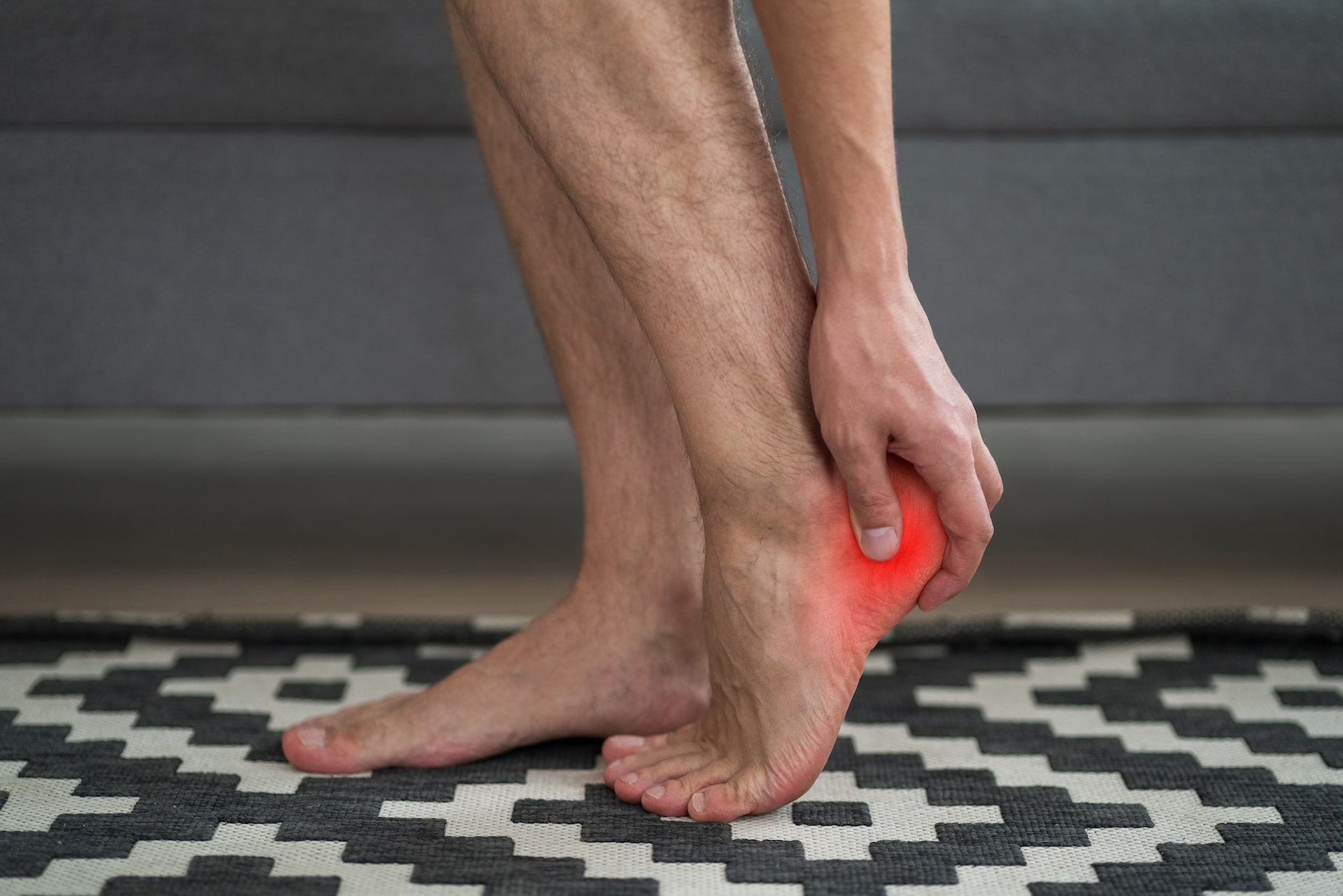In addition to affecting those with diabetes, foot ulcers can be problematic for individuals who suffer from nerve damage due to alcoholism, as well as those who suffer from sickle cell anemia, atherosclerosis, and other vascular health problems.
However, type 2 diabetes is the leading cause of foot ulcers, as well as peripheral neuropathy, which is damage to nerves that results in the numbness of pain. In many cases, foot ulcers occur when individuals walk on wounded and irritated feet, and fail to seek treatment due to not being able to feel any pain or discomfort.
The best way to prevent yourself from developing a foot ulcer is to treat the health problem that causes ulcers. For example, if you have type 2 diabetes, start exercising daily, practice good nutrition, and maintain a healthy weight so you can improve your circulation and foot health.
Here are seven healthy ways to help prevent and lower the risk for foot ulcers.
1. Examine your feet daily
If you have type 2 diabetes or another nerve condition, examine your feet daily for cuts, calluses, and blisters. If you are unable to comfortably examine your feet, either use a mirror, or schedule an appointment with your podiatrist. Your podiatrist may offer special diabetic foot and wound care services designed for those who have type 2 diabetes.
2. Keep your feet clean
Wash your feet at least once per day or as needed using warm water. Keeping your feet clean can help keep your feet free of bacteria, and reduce your risk for infections. After washing, dry your feet thoroughly using a soft towel to help prevent moisture and fungus buildup, especially between your toes.
3. Moisturize your feet
After washing your feet, apply moisturizing lotion to the tops and bottoms of your feet to help prevent dry skin. Having dry skin on your feet can lead to cracking and peeling, which allows bacteria to penetrate deep inside the skin of your feet. Avoid putting lotion between your toes, since the accumulation of moisture could increase your risk for infection.
4. Keep your toenails trimmed
If you don’t have type 2 diabetes, keep your toenails trimmed to a decent length. Cut your toenails straight across, and smooth them down using a nail file or emery board. On the other hand, if you have type 2 diabetes, are unable to reach or see your toes, or have thick, yellow nails, schedule an appointment with your podiatrist so they can safely and effectively trim your nails for you.
5. Avoid going barefoot
Wear socks and shoes at all times to avoid stepping on objects and suffering from one or more puncture wounds. Additionally, make sure your shoes fit comfortably to lower the risk for blisters. If you have problems finding comfortable shoes that fit properly, consult with your podiatrist about the possibility of wearing custom orthotics, or diabetic shoes.
6. Exercise regularly
Exercising regularly can help improve blood circulation, which can help fight infection and lower the risk for foot ulcers. If you have type 2 diabetes, exercising regularly can help you lose excess weight and may even be able to improve your overall health.
7. Quit smoking
Smoking cigarettes and tobacco products will negatively impact your blood circulation, and significantly decrease blood flow to your feet. If you experience difficulty with quitting smoking, consult with your health care provider, who may be able to help with smoking cessation methods.
Do you suffer from type 2 diabetes or one or more foot ulcers? Call Kansas City Foot Specialists to schedule an evaluation at (913) 338-4440, or request an appointment online so we can determine the true cause of your injury and get you back on your feet.



